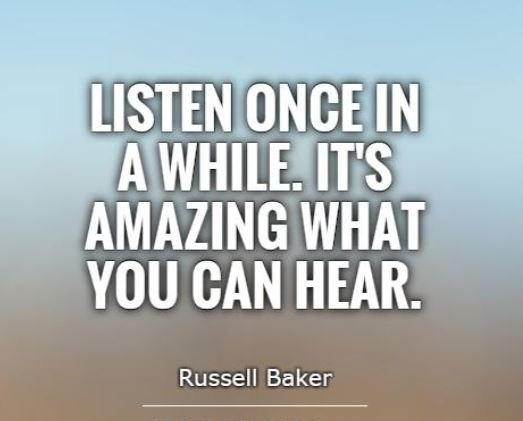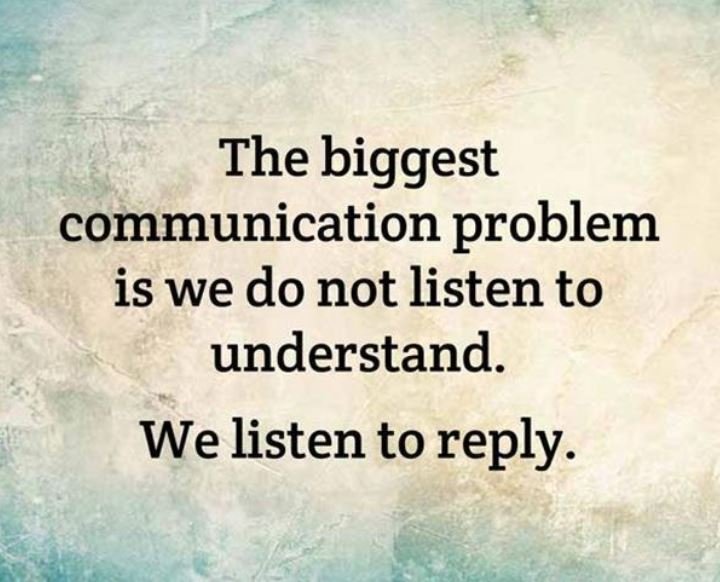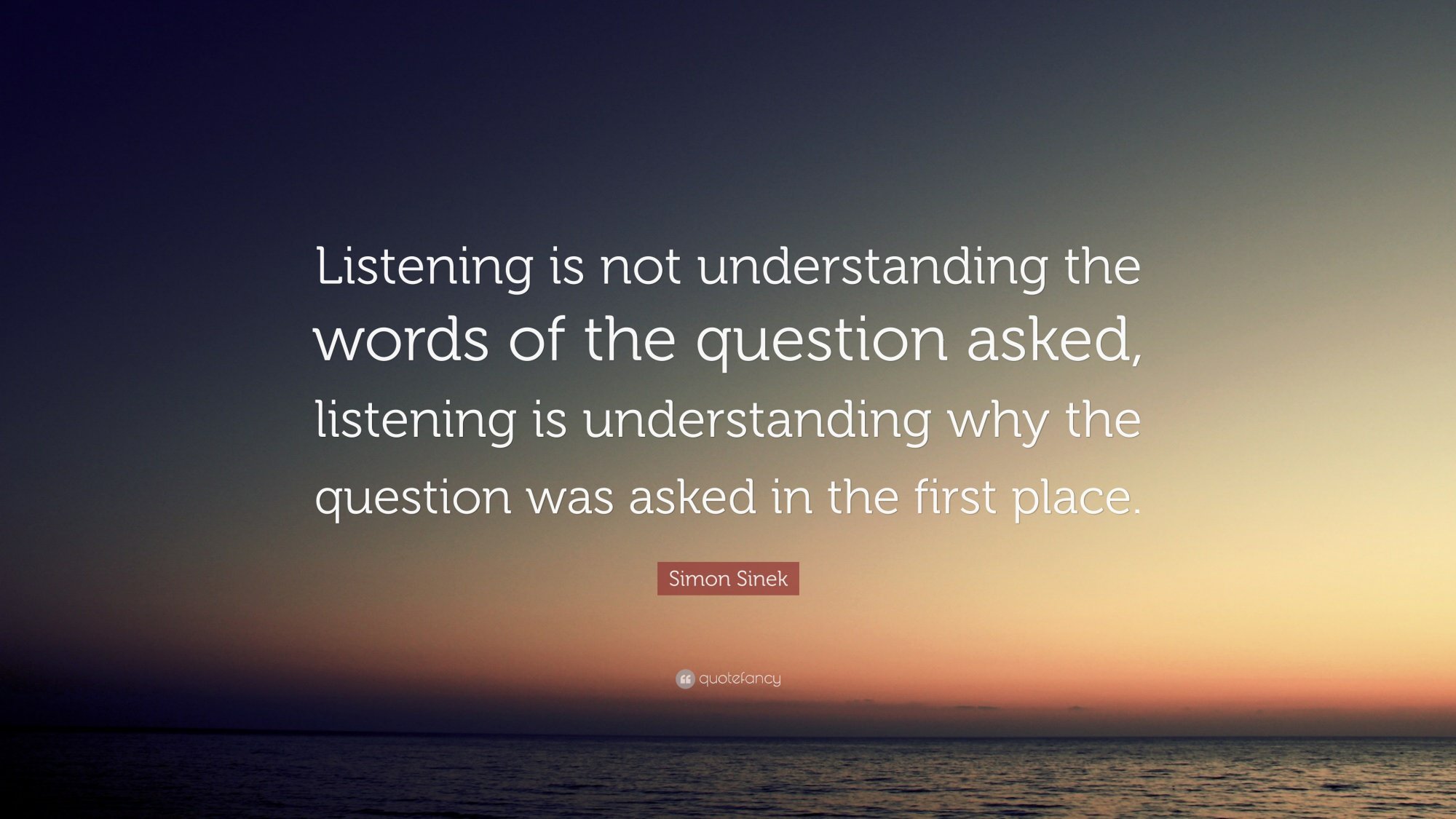As a plant manager or prevention advisor, in order to change the safety mindset, engagement must become your top priority. Involved employees take the initiative to make the company better, for example by coming up with new ideas. They sometimes even make great efforts to improve the organisation in terms of service, but also in terms of safety.
Where people work safely, the return is also higher. And a successful way to increase involvement is simply... listening.
This is why listening is a good strategy:
1. Listening involves employees
The most committed employee is the one who feels valued. Those who do not feel important will at best be followers, but certainly not take on an active role.
Where managers engage in one-way communication in the area of occupational safety (talking about it, but not asking and listening), they encourage an uninvolved or even indifferent situation.
When leadership is open to concerns and suggestions, it creates a culture of engagement and buy-in. That is, of course, what you want to achieve. Because employees who see themselves as an active part of a safety solution will also be your advocates for its implementation.

2. It provides clearer insights

There is no substitute for experience. This is especially true for workplace safety.
Whether you are designing a training programme or a list of safety equipment, listening to employees' input will give you valuable insights.
Workers understand better than anyone where near misses happen, because they use the machines and tools on a regular basis.
By taking the time to listen to their thoughts and comments, you can identify areas of distraction, fatigue and general safety concerns even more quickly. Then tackle them.
This also reduces some forms of stress among workers which, of course, is better for everyone's safety.
3. It leads to better reporting
Those who have the experience or even the impression that their voice does not matter to management are reluctant to use it to report potential hazards. This person is reluctant to discuss questionable activities and even more reluctant to report incidents.
This results in under-reporting, especially of near misses and accidents involving minor injuries.
Conversely, those who are well trained and involved in safety, but especially those who are used to having their prevention advisor (or supervisor) listen to them, are much more likely to speak up when risks arise.
Anyone with a professional interest in safety knows this. Only if there is an open and listening culture will reports be acted upon before they turn into an unavoidable incident.
4. Listening makes for healthier teams

When people work together and see themselves as a close unit, they tend to pay closer attention to and protect each other. Listening is an essential part of building healthy workplace relationships and promoting teamwork.
Managers who actively take steps to become effective listeners promote conversation and put employees in a position where they feel more like confident team players and less like passive spectators.
Listening provides a healthy outlet for a team with problems, for a team that wants to be heard. Hearing their ideas and acknowledging them with feedback ensures that they can celebrate victories with them afterwards.
There is nothing so inviting and invigorating as celebrating together. This also spontaneously creates that culture where people genuinely care about each other's health and safety.
And this way, your listening strategy succeeds better:
- use it as part of an integrated approach to understand your employees' experiences;
- don't just send out surveys from time to time
- implement it top-down: senior management and HR are also in favour of it;
- don't stop after one round of questions: asking for feedback, evaluating it and making changes afterwards is a constant process;
- combine some of these options:
- surveys of job applicants, new employees, people leaving your company, people working in your company for a certain period of time, ...
- impulse surveys to gauge the feelings and changes of employees briefly and at regular intervals
- focus groups in which employees go deeper into certain subjects and thereby add extra value or meaning to them
- brush up on your own listening skills or those of members of the hierarchy from time to time with the tips below.
Most of these 10 tips you undoubtedly already apply... and forget when you are in a hurry...
1) Look at the person you are talking to
2) Be relaxed but alert

3) Remain unprejudiced
4) Visualise what the other person is saying
5) Don't interrupt with your own "solutions"

6) Ask for clarification only after a break
7) Only ask supplementary questions about the subject in question
8) Show empathy
9) Give feedback regularly
10) Notice what is not being said
Non-verbal signs form the biggest part of all our communication. Even on the phone, you can hear a lot from the tone of voice and rhythm and even whether the other person is smiling.
Face to face, you get a wealth of information that can even drown out the words. Name them and reinforce the feeling of really being listened to by the other person.


At Seekurico, we are convinced that listening works if you want to increase engagement. Especially if you master the art of listening yourself.
If you still have doubts about the feasibility of this in your company, we first listen to you.
We support you in opening the conversation afterwards, on the shop floor or with the management.
This is also one of our services. More and more companies are making use of it. So be sure to book your place in our agenda in good time.


